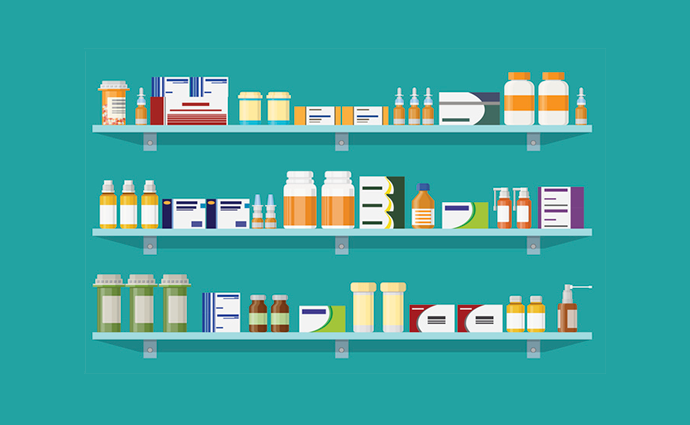Prescription Drug Prices Rise Again After Brief Pause
A number of large pharmaceutical companies are raising prescription drug prices again after a brief hiatus.

Source: Thinkstock
- Several dozen pharmaceutical companies are planning to raise their prices again in 2019 after temporarily holding off on increases as a result of federal pressure.
Reuters reports that nearly thirty drug makers, including Novartis, Bayer, and GlaxoSmithKline have filed notifications with the state of California that prescription drug prices will increase.
California law requires companies to notify payers if they plan to raise list prices on drugs by more than 16 percent in the US market.
The decision to raise prices comes after a number of drug companies voluntarily decided to keep their costs flat in the wake of intense scrutiny from the public and the government.
The hikes will likely be disappointing for the Trump Administration, which has taken a firm stance against the high costs of prescription drugs for consumers.
Federal actions to reduce drug prices, including the publication of a national blueprint for cutting spending, have apparently failed to convince major manufacturers to keep a lid on prices for dozens of medications.
Blood pressure medications, birth control, cancer medications, and drugs to help consumers manage chronic diseases are all due for increases across the 28 companies whose filings were obtained by Reuters.
Many of the increases are small, argued several drug companies. Eric Althoff, a spokesperson for Novartis, said that planned increases on 14 percent of its US catalogue will only average 4.7 percent.
“Our rebates and discounts, however, continue to grow even faster,” he stated.
Prescription drug prices are a major pain point for consumers, who have been struggling to meet their financial demands for the costs of medications.
In a recent survey conducted by GoodRx, more than 36 percent of consumers said the prices of their prescriptions had recently increased.
One-third of respondents said they had skipped purchasing a medication due to affordability issues, raising the possibility that non-adherence could exacerbate their chronic conditions.
Close to 20 percent of individuals said they have purchased their medications – but at the expense of having enough income to cover the cost of food, housing, or other basic needs.
Prescription drug costs also loom large for payers. Insurance companies spend more than a fifth of their premiums on drug costs, said AHIP in a 2017 report.
As a result, some payers may be using formulary tactics to shift costs to consumers, leading to higher out-of-pocket spending and additional financial stresses on individuals.
Drug companies may not be the only entities putting the squeeze on consumers, but raising the baseline prices for commonly used medications can be problematic for the entire continuum downstream of the manufacturer.
Rebates and discounts for payers tend not to reach the consumer, pointed out HHS spokesperson Caitlin Oakley in a statement to Reuters.
“Drug companies raising their prices and offsetting them with higher rebates benefits everyone but the consumer,” she said.
Despite the recent price hikes, however, the Administration “remain[s] committed to lowering drug prices and reducing out of pocket costs, and will continue to take bold action to restructure this broken market,” she added.
